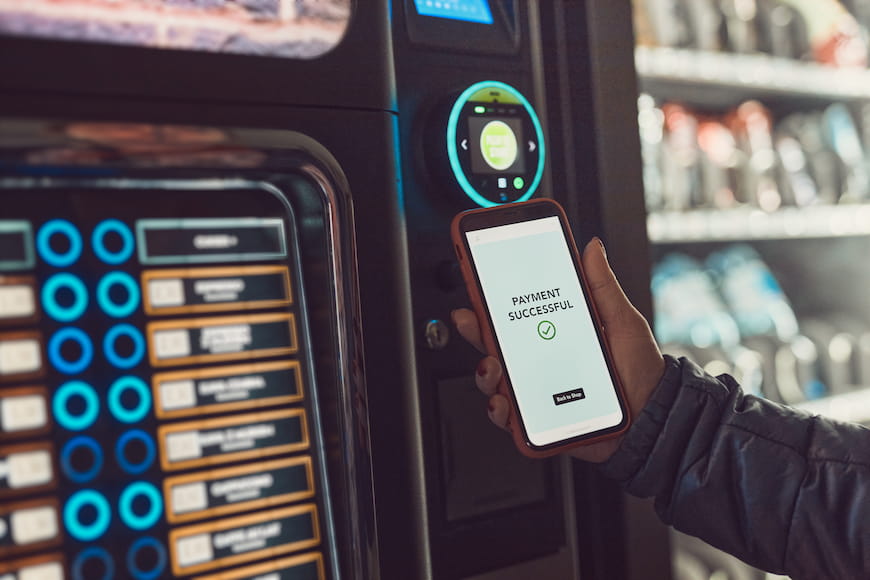Widening participation, regardless of student background and learning ability, is becoming more and more a priority in higher education. It’s not an easy endeavor. To help, our CEO Dave Sherwood pulled together three takeaways from my experience that can help you and your students find success.
We had the pleasure of meeting up with Ian Dunn, Provost at Coventry University, to talk about how access to student-centered analytics drives engagement.
During our chat, Ian said, “If we can identify gaps at the point of them existing and then provide support, that gives us an amazing way to make sure we can take all of our learners through the journey.”
I absolutely agree. Take BibliU’s live engagement data as an example.
By linking reading data directly into an institution’s learning analytics dashboard, providing a complete student view, administrators and course leaders can identify gaps in learning for individual students.
Having a transparent look into where a student is struggling and being able to offer proactive support will reduce the stress on learning and make it more successful. The end results for your widening participation goals? A positive impact on your student retention and attainment rates.



Accessible technology is designed with the needs of a lot of different users in mind. It's tech with built-in customization features so that all students can individualize their learning experience to meet their unique needs.
Think of it as how higher ed can help level the playing field and ensure consistent engagement across all ability levels. It's one of the critical drivers for the Office for Students at any institution.
And it's a top priority for us here at BibliU too.
When evaluating a content platform company, always look to make sure they have these priorities:
When it comes to digital platforms, in my opinion technology must make learning accessible for everyone. After all, students will use many different tools to assist them with their own particular needs.
We saw this first-hand from a student at the University of Leicester using our "Night Mode" function, which inverts the color of text and background within BibliU’s platform.

The cost of attending higher education continues to rise, and when academics hold tight to the traditional printed textbook, it puts students in a dilemma. They either pay the high price or not buy at all. Unfortunately, most students don’t buy at all.Research proves it. A report found that 65 percent of students had still opted against buying a book because it was too costly — and 55 percent of them were significantly concerned that their grade would suffer because of it.
Making the pivot to digital textbooks with BibilU, included in tuition, ensures students have the proper materials they need from the start.
Izzy Hayden, a student at the University of Birmingham, summed it up best when we had a chance to talk with her. She stated, "I have enough to think about at the start of a new semester. Having textbooks should never be something I need to worry about." Well said.
In my mind, all students, regardless of background and learning ability, should have the content they need to be successful in higher education. I'm grateful that our work at BibliU is helping institutions achieve that goal.

Drawing on insights from Erik Russell of Occidental College on Campus Convos, this blog explores how innovations in auxiliary services reveal a bigger lesson for higher ed: let technology deliver on-demand convenience, while people provide the human touch that makes the student experience truly personal.
.jpg)
Rural community colleges are lifelines opportunity face unique challenges, like broadband gaps and transportation barriers. Based on the Campus Convos episode with Dr. Bryan Newton of Glen Oaks Community College, we're showing how rural colleges are turning obstacles into innovation.